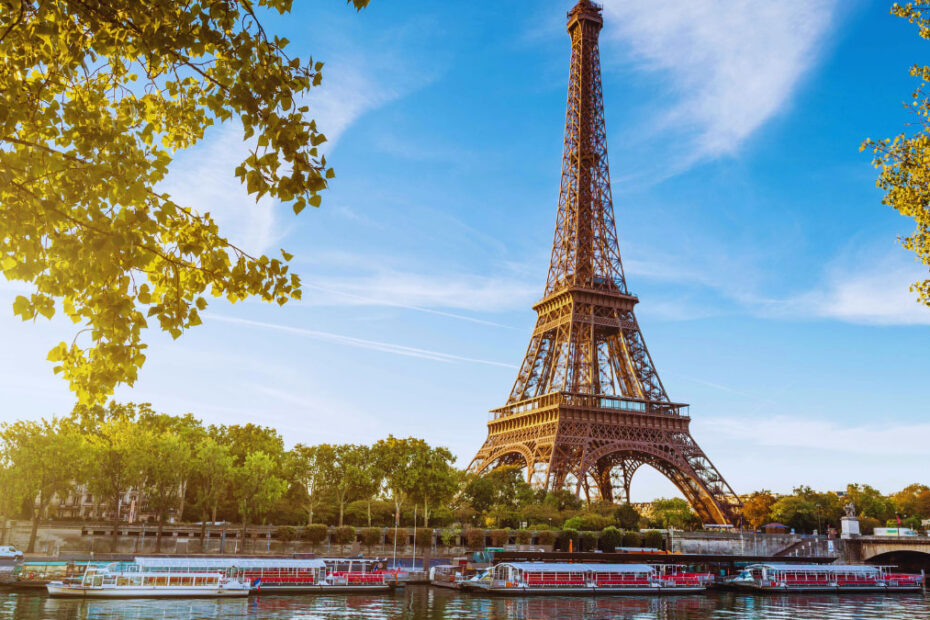Planning a trip to Paris? While the City of Light dazzles with its iconic landmarks and rich history, exploring its social world requires a touch of finesse. Understanding Parisian etiquette can make your experience more enjoyable and help you blend in seamlessly with the locals.
Key Takeaways
- Greet Everywhere: Always say “Bonjour” when entering shops or restaurants to set a positive tone and show respect.
- Learn Basic French Phrases: Using common French phrases like “Bonjour”, “Merci”, and “S’il vous plaît” can significantly enhance your interactions.
- Dress Smartly: Embrace Parisian style by dressing sophisticatedly yet comfortably, favoring neutral colors and minimalistic designs.
- Keep Your Voice Low: Maintain a low voice level in public spaces such as restaurants and public transportation to align with local norms.
- Don’t Eat on the Go: Sit down to enjoy your meals in cafes or parks, respecting the French practice of savoring food and maintaining clean public spaces.
- Respect Photography Etiquette: Always ask for permission before taking pictures of people or private properties and follow rules in museums and exhibitions.
Say Hello When You Enter a Shop or Restaurant
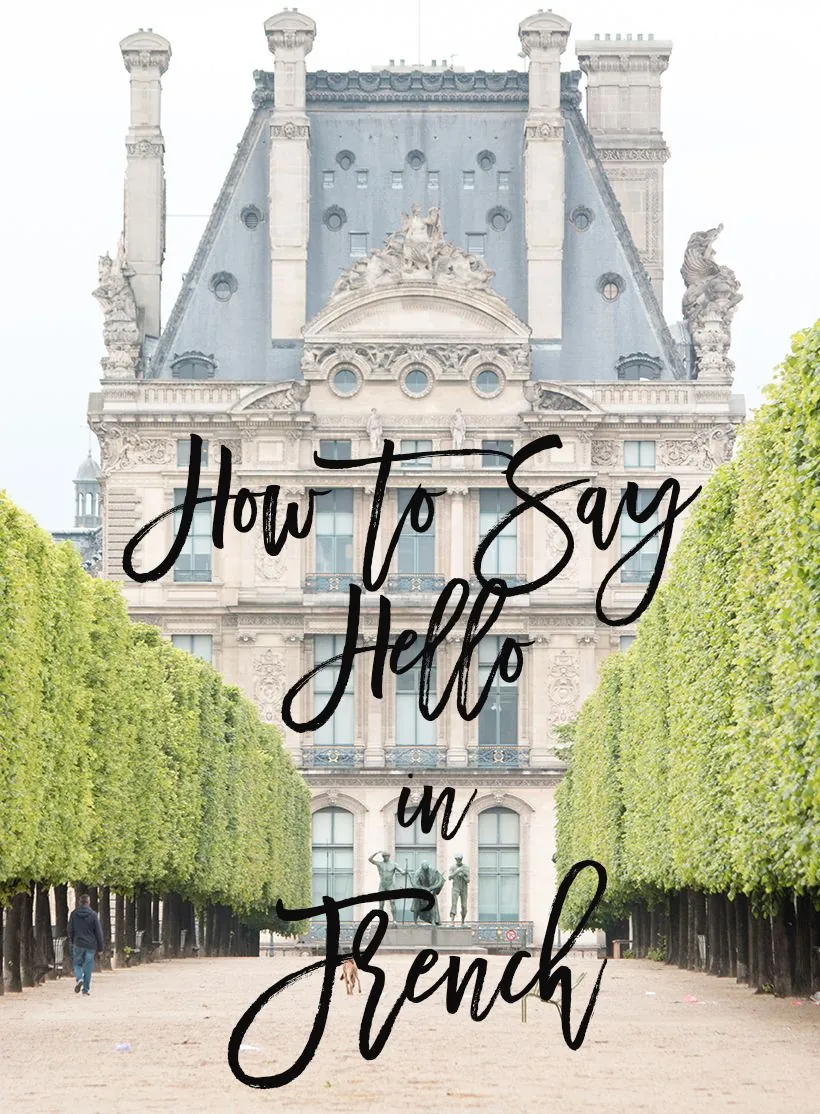
Entering a shop or restaurant in Paris, it’s essential to greet the staff. A simple “Bonjour Madame” or “Bonjour Monsieur,” coupled with a smile, is highly appreciated. This gesture is not just polite; it sets a positive tone for your interaction, demonstrating respect for French culture.
The practice of establishing a cordial relationship through greetings extends to any interaction, whether you’re entering a quaint boutique, a busy supermarket, or a cozy bistro. Saying “bonjour” upon arrival is a small but significant way to blend in with the locals.
This custom might seem trivial, but it’s deeply ingrained in Parisian social etiquette. Ignoring this practice can come across as rude or dismissive. So, remember to say hello when you enter, making your Parisian experience both pleasant and authentic.
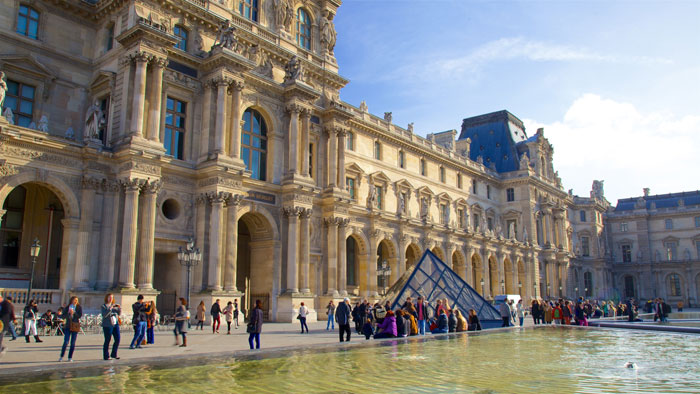
Try a Few French Phrases

Make an effort to speak some French. Basic phrases like “Bonjour” (hello), “Au Revoir” (good-bye), “S’il vous plaît” (please), and “Merci” (thank you) are appreciated by the locals. This shows respect for the French culture and can enhance your interactions.
Practical Phrases to Learn
- Bonjour: Use this to greet someone politely.
- Au Revoir: Say this when you leave to show politeness.
- S’il vous plaît: Say this when asking for something to show courtesy.
- Merci: Use this to express gratitude.
Contextual Use
You might greet a café owner with “Bonjour Madame” when you enter, and when leaving, say “Merci, au revoir.” At a restaurant, use “S’il vous plaît” when requesting the menu or your bill. These small efforts can make a big difference in how you’re perceived. Speaking softly while using these phrases further aligns with local customs.
Always Dress Your Best
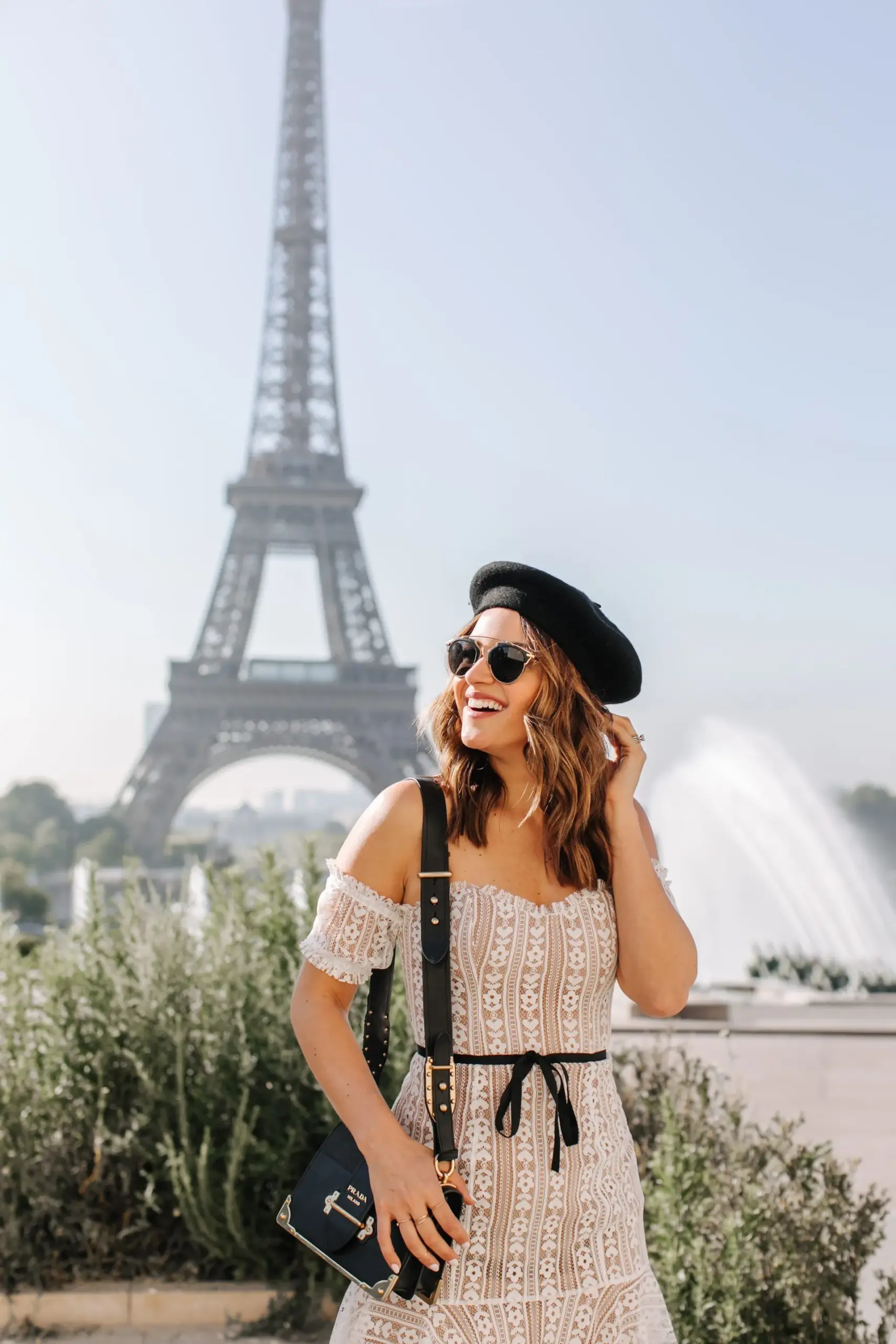
Parisian etiquette extends to your wardrobe, embodying a blend of effortless style and sophistication. Dressing well shows respect for local customs and makes a positive impression. Whether exploring iconic landmarks or hidden gems, attention to your attire enhances your overall experience in Paris.
How to Dress Like a Parisian
Adapt your clothing to the Parisian aesthetic. Parisians favor neutral colors, classic pieces, and simple yet elegant looks. Essentials include a well-fitted blazer, tailored trousers, and stylish yet comfortable shoes. Women often accessorize with a chic scarf, while men might choose a classic watch. Keep logos minimal and avoid flashy attire. Opt for fabrics like cotton, linen, or wool depending on the season to stay comfortable.

Avoid Overdressing
While Parisians dress stylishly, they rarely overdo it. Balance between looking polished and casual. Save evening wear for special occasions like dining at high-end restaurants or visiting an opera house. In day-to-day settings, dress smart-casual. For example, pair a casual dress with a tailored jacket or wear well-fitted jeans with a crisp shirt. By mastering this balance, you’ll blend seamlessly into the Parisian world.
| Item | Description |
|---|---|
| Blazer | Neutral color, tailored fit |
| Trousers/Jeans | Well-fitted, classic colors |
| Comfortable Shoes | Stylish and suitable for walking |
| Scarf | Lightweight, adds elegance |
| Watch | Minimalist, adds sophistication |
| Casual Dress | Simple, versatile |
| Crisp Shirt | Neat, neutral tones |
Keep Your Voice Down
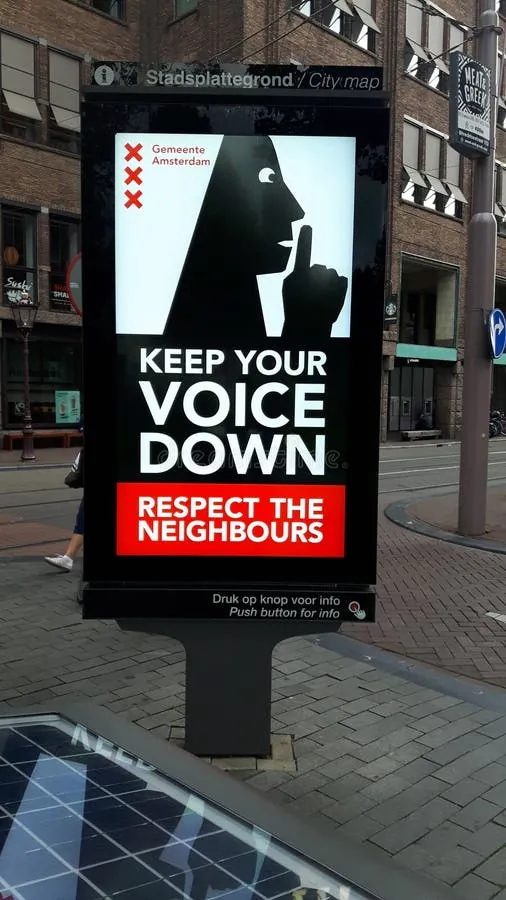
When exploring Paris, lowering your voice level in public spaces is vital. The French tend to speak softly, especially in social settings like restaurants, cafes, and public transportation. This practice aligns with the cultural norm of maintaining tranquility in shared spaces.
Restaurants and Cafes
In Parisian restaurants and cafes, loud conversations are frowned upon. Conversations at a moderate volume are preferred, ensuring that everyone can enjoy their meal in peace. Like when you order a croissant at a local boulangerie, speaking softly shows respect for the quiet ambiance that Parisians value.
Public Transportation
On the metro and other public transportation, it’s important to be quiet. Avoid engaging in loud phone conversations, and opt for headphones if you want to listen to music or watch videos. This not only shows consideration for other passengers but also helps you immerse yourself in the local culture. For instance, keeping your voice down on the metro during peak hours demonstrates awareness and respect for the shared public space.
General Public Spaces
Respecting the local norm of speaking softly extends to all public spaces. Whether you’re taking a stroll along the Seine or browsing through markets, keeping your voice down ensures you blend seamlessly into the Parisian atmosphere. This practice not only helps you avoid unwanted attention but also enriches your experience by allowing you to observe and appreciate the subtleties of Parisian life.
By adhering to these simple yet significant etiquette rules, you’ll find that your interactions become smoother, and your Parisian adventure more authentic and enjoyable.
Don’t Eat on the Go
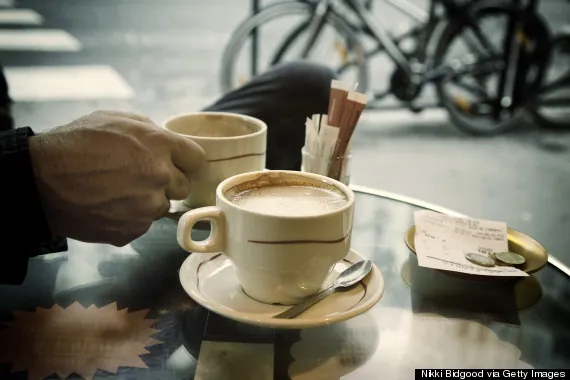
In Paris, eating while walking or on public transportation is generally frowned upon. Meals are regarded as a social and leisurely activity to be savored. By taking the time to sit down and enjoy your meal, you’re adhering to local customs and appreciating the culinary culture.
Respect Dining Culture
Enjoy your meal in a café, restaurant, or park instead of rushing through it. When you sit down to eat, you engage more deeply with your food and surroundings. This practice aligns with the Parisian lifestyle, which values enjoyment and savoring moments.
Find the Perfect Spot
Take advantage of the numerous charming cafés and parks around Paris. For instance, enjoy a croissant at a sidewalk café in Le Marais or have a picnic by the Eiffel Tower. These moments allow you to immerse yourself in the local ambiance.
Health and Cleanliness
Sitting down to eat contributes to personal health and city cleanliness. Parisian streets and public transport remain cleaner because people don’t eat on the go. This practice supports the city’s efforts to maintain its renowned beauty and cleanliness.
Social Etiquette
Observing this unspoken rule of not eating while walking demonstrates respect for Parisian social norms. Locals appreciate when visitors adapt to their customs. It also creates a more pleasant and civilized public environment for everyone to enjoy.
- Plan Ahead: Allocate time in your schedule for sit-down meals.
- Pack a Picnic: If you’re in a rush, pack your food to enjoy in designated areas like parks.
- Explore Local Cafés: Take breaks in local cafés to experience Parisian life at a relaxed pace.
Adhering to this practice will enrich your experience in Paris and help you connect with the local culture.
Don’t Expect Ice

Expecting ice in your drinks in Paris can lead to disappointment. Unlike in the United States, Parisians rarely use ice. Drinks typically come chilled but without ice, giving you a more authentic local experience.
When ordering at cafes or restaurants, remember to specify if you’d like ice. Even then, don’t be surprised if you receive just a few cubes. Ice isn’t a staple in French beverage culture, so locals find it unnecessary. This practice extends to everything from water to soft drinks to cocktails.
Staying hydrated is crucial, especially in summer, so consider carrying a refillable water bottle. Public fountains, or “fontaines Wallace,” scattered around the city provide free clean water. Use these to keep cool and hydrated.
Embracing Parisian customs like these helps you blend in and enhances your overall travel experience. Understanding and adapting to different cultural practices enriches your journey and shows respect for the local way of life.
Practical Tips:
- Always specify if you want ice in your drink.
- Carry a refillable water bottle.
- Use public fountains to refill your bottle.
- Enjoy drinks the French way.
- Save money and reduce plastic use.
- Stay hydrated effortlessly.
Leave Your Leftovers Behind

When dining in Paris, leaving leftovers on your plate is a common cultural practice. Parisian cuisine emphasizes quality over quantity, so portion sizes are often manageable, and finishing your plate is typical. When you can’t finish everything, it’s polite to leave the food behind rather than asking for a to-go box, which is not a standard practice in French dining culture. Unlike many places where taking leftovers home is routine, in Parisian restaurants, it can be seen as slightly impolite or even wasteful; they might not have containers for takeaway.
In Parisian dining, each meal is a small celebration of flavors and culinary art, where presentations are carefully considered, and each dish crafted with precision. Leaving food behind signals satisfaction and respect for the chef. If you’re dining at a friend’s home, the same etiquette applies. Hosts often take pride in their culinary efforts, so acknowledge their hospitality by enjoying the meal at the moment.
Keep in mind portion sizes when ordering, especially with courses like entrées (appetizers), plats (main courses), and desserts. Think about ordering smaller portions or sharing dishes to savor multiple flavors without waste. For example, sharing a tarte tatin with your companion allows both to enjoy the dessert without overindulging.
This etiquette aligns with the Parisian philosophy of savoring life’s moments, including meals. By understanding and practicing this custom, you’ll seamlessly blend into the local dining culture, making your culinary experiences more authentic and enjoyable.
Incorporate these tips to practice mindful dining and to appreciate the exemplary standards of Parisian cuisine. Through these efforts, you’ll not only respect the local customs but also enhance your overall experience in the beautiful city of Paris.
Consistent with French dining etiquette, leaving your leftovers behind respects both the chef and the dining experience. This practice reflects the value Parisians place on savoring the meal and dining culture, enriching your experience in the city.
Order Menu Items As-Is
In Parisian restaurants, order menu items exactly as described, without requesting customizations or substitutions. Parisian chefs take immense pride in their culinary creations, and altering a dish is seen as disrespectful. Menus are curated to offer a specific gastronomic experience, reflecting the chef’s expertise and vision.
For instance, if a dish comes with a particular sauce, avoid asking for it on the side or replaced. This respect extends to ingredients; avoid asking for dishes without specific components unless you have dietary restrictions.
To navigate menus confidently, familiarize yourself with common French dishes and ingredients. Don’t hesitate to ask about unfamiliar terms to enhance your dining experience. Embracing the chef’s culinary artistry not only shows respect but also enriches your taste of Parisian cuisine.
Perfecting this aspect of dining etiquette aligns with other customs such as greeting staff politely and making an effort to speak French. This approach ensures a harmonious and authentic experience in the vibrant culinary world of Paris, facilitating deeper connections with local traditions and practices.
Greet Friends with a Cheek-to-Cheek Kiss
Engage in the French custom of greeting friends with a cheek-to-cheek kiss, also known as “la bise,” to show familiarity and friendship. This social practice involves lightly touching cheeks and making a kissing sound, usually twice but sometimes four times depending on the region.
Understand the Cultural Significance
La bise symbolizes warm social interactions in France. It’s used among friends, family, and close acquaintances but not with strangers. For first-time meetings, a handshake is more appropriate.
Learn the Regional Differences
The number of kisses varies regionally. In Paris, two kisses (one on each cheek) are typical, while in the South, you might encounter four kisses. Observing others will help you gauge the local custom.
Timing and Context Matter
La bise occurs at social gatherings, after work, and during casual encounters. Avoid this greeting in professional settings unless the relationship is informal.
Respect Personal Boundaries
Stay attentive to body language, as not everyone is comfortable with la bise. If someone offers a handshake instead, reciprocate it to show respect.
By embracing this custom, you’ll foster deeper connections and enhance your social experiences in Paris.
Don’t Bring Wine to a Dinner Party

In Paris, it’s customary to avoid bringing wine to a dinner party. This tradition stems from the host’s responsibility for selecting the wine that complements the meal’s flavors. They often choose a wine that aligns with their culinary expertise and carefully curated menu. Bringing a bottle may inadvertently suggest that their choice isn’t sufficient.
Instead, consider bringing high-quality chocolates, unique desserts, or a beautiful bouquet. These alternatives are gracious and appreciated, adding to the evening’s ambiance without overshadowing the host’s plans.
Understanding this custom is crucial for blending into the Parisian social scene. It reflects respect for the host’s efforts and enhances your experience at these intimate gatherings.
Respect Personal Space
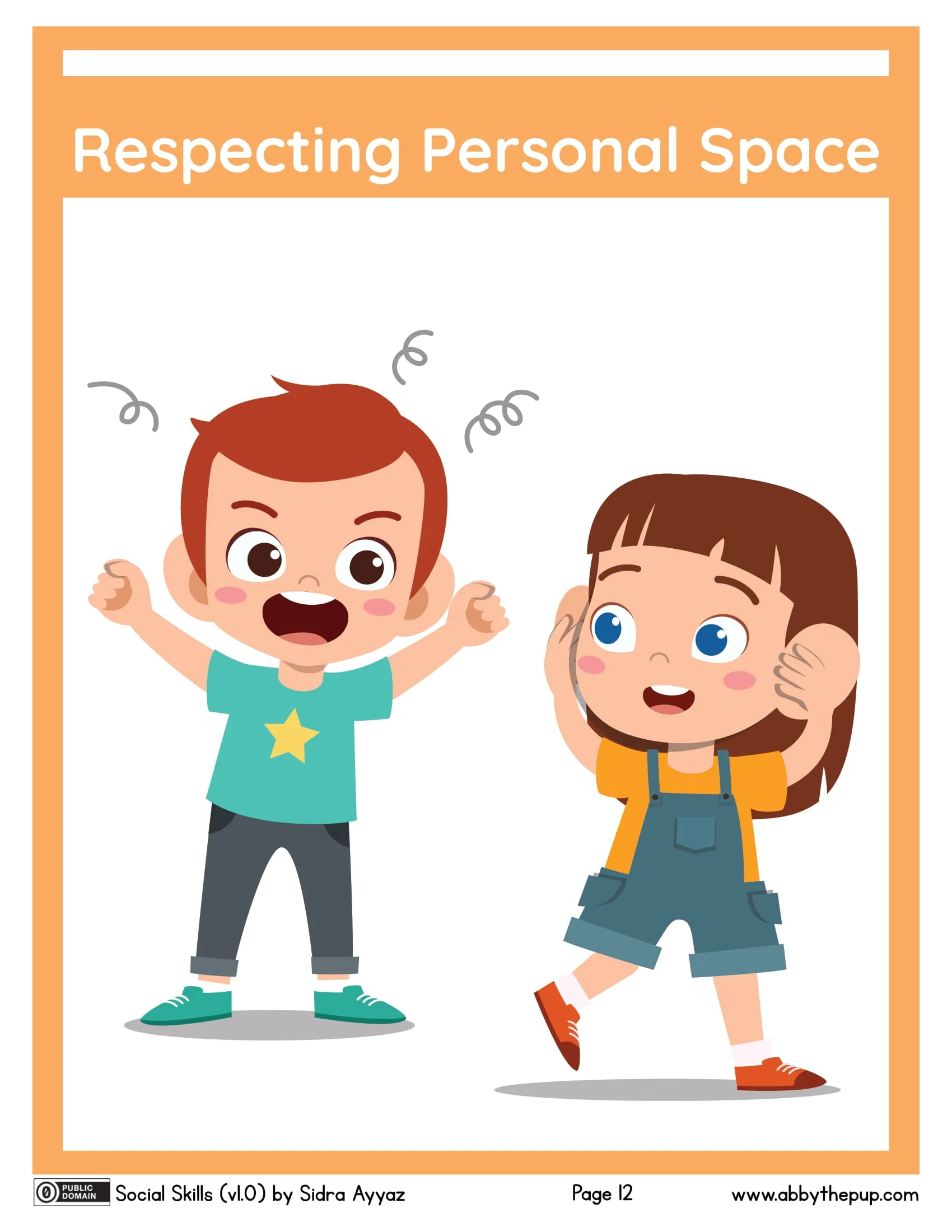
Parisians value personal space and quiet in public areas. Maintaining a respectful demeanor helps you integrate smoothly into the city’s social fabric.
Keep Your Voice Down
Public areas like the metro, restaurants, and sidewalks require low volume conversations. Loud talking is highly frowned upon.
Stand on the Right
On escalators, stand on the right side. This allows others to pass on the left efficiently.
Avoid Blocking Poles
In the metro, avoid blocking the poles. Move to the side so others can hold onto them. If the metro’s crowded, give up foldaway seats for standing passengers.
Understand Tipping Practices
Tipping in Paris differs from other countries. In France, service is usually included in the bill and marked as “service compris” (service included). You don’t need to add a tip, but rounding up the bill or leaving small change is appreciated for exceptional service. For example, in a café, if your bill is €9.50, leaving €10 or €10.50 is common. In upscale restaurants, leaving €5 to €10 for superior service is customary.
For taxis, rounding up to the nearest euro is standard. If your fare is €12, leaving €13 is typical. Hotel staff, including porters, appreciate €1 or €2 per bag, and housekeeping staff €1 to €2 per day, left as a tip at the end of your stay.
Professional services like hairdressers or spa staff often expect a 5% to 10% tip depending on the service quality. For guided tours, tipping €2 to €5 per person exemplifies appreciation for a knowledgeable and engaging guide.
Understanding these practices helps ensure that you show respect and gratitude for the services rendered, contributing positively to your overall Parisian experience. By aligning with these customs, you navigate social interactions more smoothly and create a better rapport with locals.
Ask Before Taking Photographs

Taking photos in Paris can be both rewarding and tricky, as the city offers countless scenic spots and vibrant street scenes to capture. But, showing respect by asking first is the best approach.
Public Spaces and Landmarks
Photography in public spaces and around landmarks is generally permitted. Yet always check for specific rules or restrictions. For example, tripods are often prohibited in certain areas.
Street Photography
When capturing street scenes, it’s essential to respect people’s privacy. Ask for permission before photographing individuals, especially close-up. A polite “Puis-je prendre votre photo?” (Can I take your photo?) can go a long way.
Private Properties
Avoid taking photos of private properties without consent. This includes the interior of shops, cafés, and homes. Owners might feel their privacy is invaded otherwise.
Museums and Exhibitions
Photos are usually not allowed in museums and exhibitions. Even when permitted, flash photography is typically restricted to protect artworks. Always look for signage or ask the staff.
- Respect: Always respect personal space and property.
- Permission: Seek permission before clicking personal photos.
- Awareness: Be aware of and follow posted rules.
Observing these guidelines not only respects local customs but also ensures a more enjoyable experience while documenting your Paris adventure.
Conclusion
Embracing Parisian etiquette can truly transform your travel experience. By respecting local customs and making small efforts to blend in, you’ll find yourself welcomed warmly by the locals. Remember to greet with a smile, dress appropriately, and speak softly in public spaces. Enjoy your meals leisurely, respect dining traditions, and be mindful of personal space. These practices will help you navigate Paris with ease, allowing you to immerse yourself fully in the city’s rich culture and vibrant social scene. Following these unspoken rules ensures a more authentic and enjoyable Parisian adventure.
Frequently Asked Questions
Why is greeting staff important in Paris?
Greeting staff in shops or restaurants with a “Bonjour Madame” or “Bonjour Monsieur” is crucial in Parisian etiquette. It sets a positive tone for interactions and shows respect for French culture. Starting conversations without this greeting can be perceived as rude.
Should I make an effort to speak French in Paris?
Yes, making an effort to speak basic French phrases like “Bonjour” (hello), “Merci” (thank you), and “S’il vous plaît” (please) is appreciated by locals. It shows respect for their culture and can greatly enhance your interactions.
What is the appropriate way to dress in Paris?
Parisian style is known for its blend of effortless elegance and sophistication. Opt for neutral colors, classic pieces, and well-fitted clothing. Avoid overdressing; a smart-casual approach works best for day-to-day settings. Reserve formal attire for special occasions.
How should I behave in public spaces in Paris?
Parisians value a quiet demeanor in public places. Speak softly in restaurants, cafes, and on public transportation. Avoid loud conversations and use headphones for phone calls or listening to music.
Is it frowned upon to eat while walking in Paris?
Yes, eating while walking or on public transportation is generally frowned upon. Meals in Paris are seen as social, leisurely activities to be enjoyed while seated. Plan your meals for cafes or parks to align with local customs.
Will my drinks come with ice in Paris?
Drinks in Paris typically come chilled but without ice. If you prefer ice, specify when ordering. Carry a refillable water bottle, especially in summer, and use public fountains to stay hydrated.
Can I take leftovers from a restaurant in Paris?
It is not customary to ask for a to-go box in Paris. Portion sizes are manageable, and leaving food on your plate is considered polite and a sign of satisfaction. Be mindful of portion sizes when ordering and consider sharing dishes.
Can I request customizations to my meal in Paris?
Avoid requesting customizations or substitutions. Parisian chefs take great pride in their culinary creations, and altering a dish is seen as disrespectful. Familiarize yourself with common French dishes to navigate menus confidently.
What is “la bise,” and when is it appropriate?
“La bise” is the customary cheek-to-cheek kiss greeting among friends and family in France. It is not appropriate for strangers or professional settings. Typically, two kisses are exchanged in Paris. Be mindful of personal boundaries and body language.
What should I bring to a dinner party in Paris?
It is customary to avoid bringing wine to a dinner party to respect the host’s selection. Instead, consider bringing high-quality chocolates, unique desserts, or a bouquet of flowers as a gracious alternative.
How does tipping work in Paris?
Service is usually included in the bill, but rounding up or leaving small change for exceptional service is appreciated. Specific tipping practices vary, so a small tip is generally sufficient for cafes, restaurants, taxis, hotels, and professional services.
What are the guidelines for photography in Paris?
Ask for permission before photographing individuals and respect privacy, especially in street photography. While public spaces and landmarks generally allow photography, avoid photographing private properties without consent and adhere to museum restrictions.

